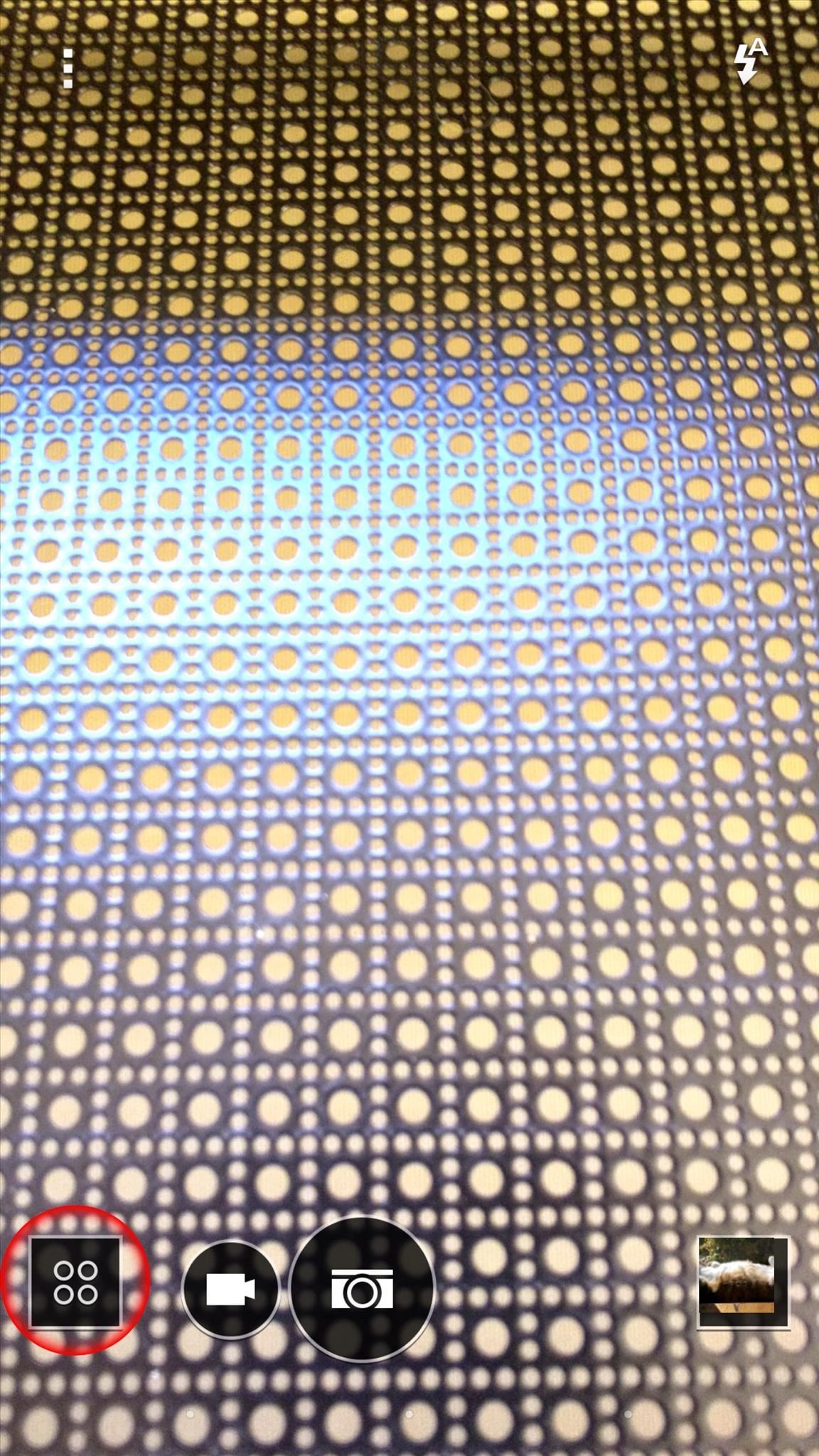

Once you've done that, you can then get an instant highlight video as before, and it still looks nice and professional. The video reels can be extended now though, as once you've selected the Zoe mode in the camera lenses section (a new simplified area where you've got all the snapping options) you can hold the shutter button down to take a Zoe for as long as you like. It's much easier just to power on the screen and swipe up the camera icon from the lock screen, and this is an area that HTC seems to have put in a feature for the sake of it. Well, in theory this works, but in practice you're rarely holding it in portrait mode exactly right, with the screen off, to activate the action with accuracy. If you're holding the phone in portrait mode and it's locked, you can hold the volume down key and twist the phone through to landscape and activate the camera. Talking of the volume key, the motion option is here once more. It could even be enabled by default, as it would improve 19 out of 20 general snaps. The other big problem, and where I think HTC has missed a trick, is that you have to open the picture in the gallery, hit edit and then choose the U-Focus option, when really such a headline feature and one that warrants its own sensor on the phone, should be a mere button press away (perhaps the volume up key) rather than locked below reams of menus.

Sony's Xperia Z3 has the same trick, but HTC's One M8 is far, far faster at it. At times you want some things still visible (like faces) and others you want to totally blur out whole objects, and the slider bar allows you to do this. HTC updated this software to include the ability to change the level of de-focus, which is a neat touch.


 0 kommentar(er)
0 kommentar(er)
